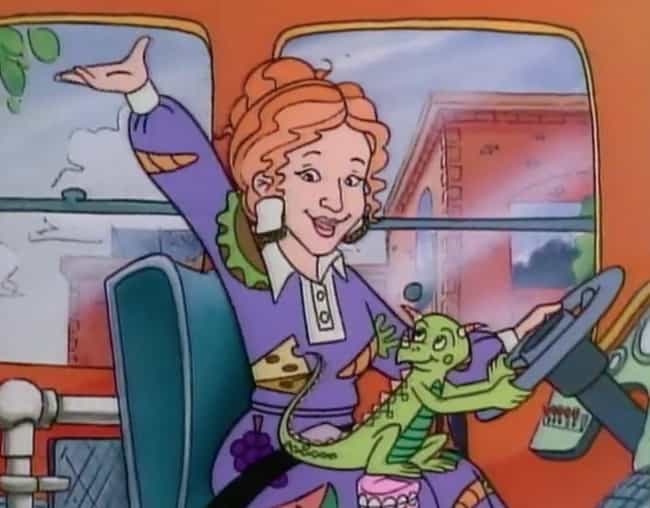This year 6th grade students embarked on a true Project Based Learning (PBL) unit:
TINY HOUSES!
TINY HOUSES!
6th graders worked collaboratively between Artovation and Innovation class. Our Middleton students have the opportunity to experience TWO different innovation classes. Innovation teacher, Mrs. Deeley, and I took advantage of that privilege by working together on this unit...
and it was a doozy!
and it was a doozy!
The first step was introducing the project to the students. This served as the information gathering or sustained inquiry section of the project. 6th graders researched and brainstormed together, created a google survey for their client (their family), and developed questions for tiny house experts.
Take a look at some of our client survey results!
Every class also had the incredible experience of attending a virtual tour of a real tiny house.
During these live virtual tours, students had the opportunity to ask tiny house owners about their benefits and challenges of tiny house living!
Take a look at some of our client survey results!
Every class also had the incredible experience of attending a virtual tour of a real tiny house.
During these live virtual tours, students had the opportunity to ask tiny house owners about their benefits and challenges of tiny house living!
Then it was time to truly understand the project. 6th graders were challenged to create a scale cardboard model of their design with a 1:12 ratio with no more than 200 sq. feet. It is hard to truly imagine what living in a tiny house is truly like - but we wanted to try anyway! All classes got a chance to see first hand what a 200 sq. ft floor plan looks and feels like...take a look!
From there students started working on designs. They were able to replicate their experience creating the actual square footage of their house using the 1:12 ratio with 1 in. tiles and grid paper.
This was definitely a trial and error process!
Students even had a chance to use 3D modeling program, Sketch Up
to see what their design would look like in 3D.
to see what their design would look like in 3D.
I know, we packed ALOT in!
Finally it was time to start building! At this point we divided the project into interior design which took place in Innovation class and exterior design which took place in Artovation.
Each student was given a 40x40 in. piece of cardboard.
They definitely needed to find creative spots to work around the room!
All external walls were laid out on the cardboard.
They definitely needed to find creative spots to work around the room!
All external walls were laid out on the cardboard.
Once cut, students started to plan where to place doors, windows, porches, any external feature. This is my favorite part because it is where the creativity starts to come out! When all the features were cut out students began adding in details like window boxes, shutters, siding, textures, and more.
Meanwhile in Innovation class 6th graders were created 1:12 scale models of furniture and all interior elements. Students began by researching tiny house features and used information from their surveys to begin planning. All furniture and interior features had to be to scale, so we had a reference list of standard measurements of common items. After the construction of interior features came placement. This is where the expert advice came in.
We also had the amazing experience to work with nonprofit, Education Now 2.0 (EN2), who has created their own tiny house curriculum. Carmel Viliante, executive director with EN2, helped a great deal by providing us with their curriculum to help strengthen this project, connect us with many experts, and advise us as we chartered through this project! We even had the opportunity to bring 5 students to EN2's fundraising event to show off their work. Thank you Carmel!
Part of the PBL process is to receive expert feedback. Well, we built that into this project too. About three quarters of the way into the project, we held 3 days of feedback sessions with experts in the field. Community builders, EN2 staff, architects, tiny house designers, town administrators, and school administration came to offer out students guidance and advice.
It was a rewarding experience for everyone!
It was a rewarding experience for everyone!
Finally students reached the final steps of this project. In the weeks following the feedback sessions they finalized their layout, finished adding details, painted, added their roofs....basically did anything they could to prepare their tiny tiny house models for the culminating event:
The Tiny Tiny House Festival!
Unfortunately, the festival was set to be held on Friday, March 13th, the same day schools all over the state were closed due to safety concerns over COVID-19.
The Tiny Tiny House Festival!
Unfortunately, the festival was set to be held on Friday, March 13th, the same day schools all over the state were closed due to safety concerns over COVID-19.
Even though we couldn't hold the festival, Mrs. Deeley and I wanted to acknowledge the incredible preseverance and diligence that went into this project. 6th graders were asked to bring together challenging concepts and skills as they took on this Tiny House Challenge.
These Artovators and Innovators spent 5 months or 14 classes bringing their designs to reality
and we couldn't have been prouder of them!
These Artovators and Innovators spent 5 months or 14 classes bringing their designs to reality
and we couldn't have been prouder of them!












































